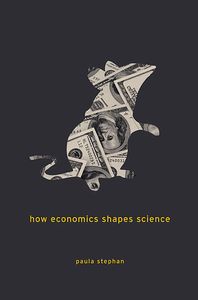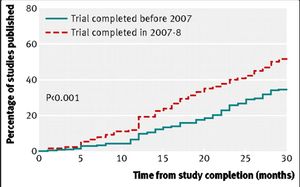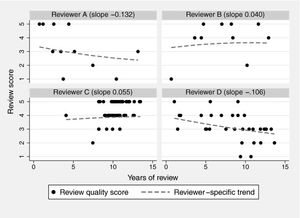We think of lab mice as a relatively inexpensive way to do research. But in her new book, How Economics Shapes Science, economist Paula Stephan shows that some scientists spend $200,000 a year just maintaining mice populations. 
One of Stephans’s most provocative arguments is that staffing of labs represents a “pyramid scheme” because many PIs prefer cycling in postdocs to permanent staff technicians. As a result, doctoral students in biomedical fields find it increasingly difficult to land stable jobs. She recommends either decreasing the number of Ph.Ds produced or being very explicit with incoming students about their job prospects.
The most worrying conclusion of the book is that scarce funding has made scientists risk-averse. That is not what I have seen among my colleagues, but I can imagine the pressures to propose a more familiar project when a scientist’s continued employment depends on receiving funding.
 Researchers at Yale reviewed 635 clinical trials conducted between 2005 and 2008 and found that only 46% appeared in peer-reviewed, MEDLINE-indexed journals by 2011.
Researchers at Yale reviewed 635 clinical trials conducted between 2005 and 2008 and found that only 46% appeared in peer-reviewed, MEDLINE-indexed journals by 2011. In
In